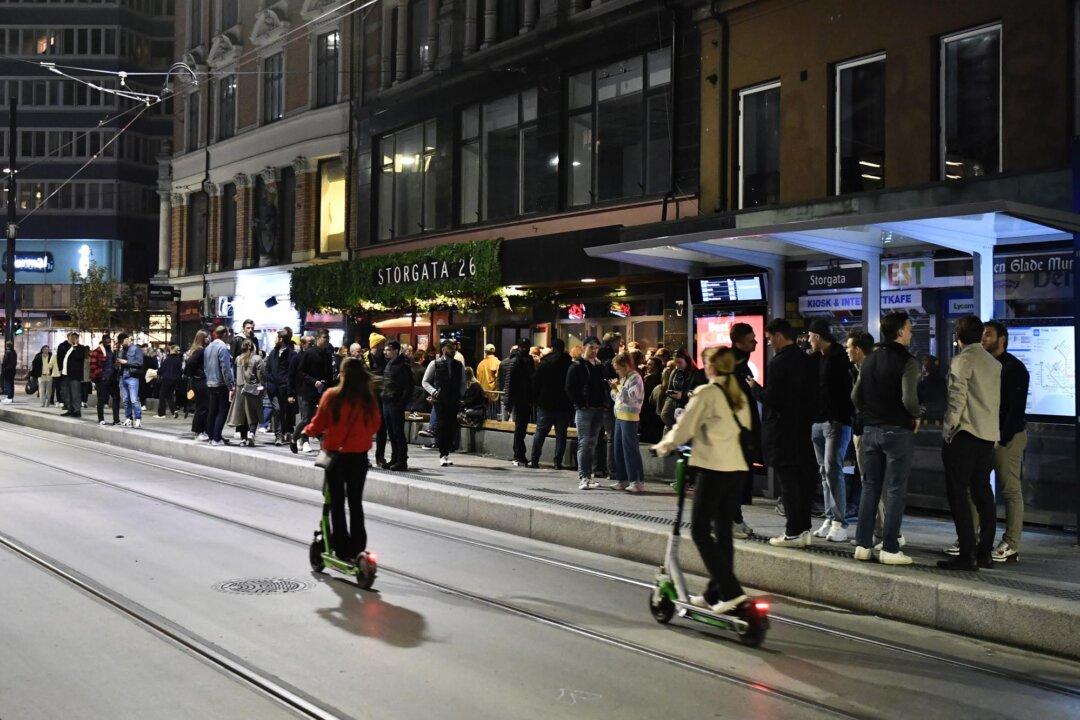Norway has become the latest Nordic nation to remove almost all of its COVID-19 restrictions despite the Omicron variant spreading throughout the country, putting the country on a course toward reverting back to pre-pandemic normalcy.
“The COVID-19 pandemic is no longer a great threat to the health of most of us. The Omicron variant leads to far less severe illness, and the vaccines are protecting us well. We are therefore removing most of the infection control measures, such as the 1-meter distance, the requirement to wear a face covering, and isolation. We can return to normal everyday life,” Prime Minister Jonas Gahr Store said in a Feb. 12 statement.





